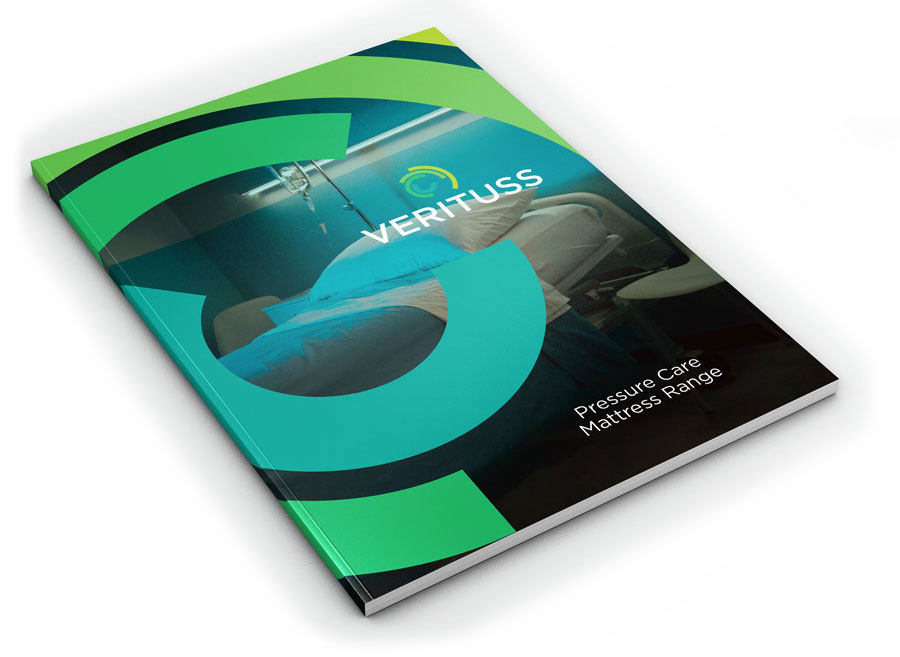Anti-Microbial Fabrics – What They Are And How Do They Work?
Published 13th March 2023
Healthcare associated infections (HCAIs), such as Methicillin-resistant Staphylococcus Aureus (MRSA) and Clostridium difficile, are a major burden on the NHS and other healthcare organisations and reducing their impact presents a significant challenge. Here at Redwood, we are working on the front line of this battle, providing cutting edge anti-microbial fabrics on our medical mattress line, offering the highest levels of protection for both patients and staff.
How big is the problem?
HCAIs are a huge issue for health services across the world. According to a major study, published in the British Medical Journal, healthcare associated infections reached 834,000 in 2016/17. This cost the NHS £2.7billion a year in England alone, and more importantly, resulted in 28,500 excess deaths. The study found that HCAIs are responsible for 7.1million hospital bed days, or 21% of all hospital stays each year. And it’s not just patients who are affected; 79,700 workdays are lost annually through clinical staff suffering from HCAIs.
What can be done to prevent HCAIs?
The prevention of HCAIs relies on the very highest standards of clinical cleanliness and hygiene at all times. In the case of the medical mattress, this includes dealing with the pathogens that are present in the sweat, skin oils and other contaminants that come from the occupant of the bed.
Medical mattresses are made from fabrics that are specially coated with chemicals designed to resist microbial infiltration and subsequent growth. These fabrics serve to both kill bacteria on contact and prevent any surviving bacteria from thriving within the fabric fibres.
How do anti-microbial fabrics work?
Anti-microbial fabrics are effective against bacteria, viruses, protozoans and fungi. Without this protection, fabrics such as medical mattress covers would have to be removed and disposed of on a regular basis as contamination took hold.
Anti-microbial fabrics, such as those used in Redwood’s Xtreme fabric coating on our medical mattress, use a anti-microbial property within the fabric structure to attack bacteria and other microorganisms on a cellular level. They work in a similar way to the handwashes that we all became familiar with during the pandemic. These chemicals, including graphine oxides, polycationic hydrogel, silver nanoparticles and copper alloys, penetrate the microbial cell wall and disrupt or kill the pathogen.
Benefits of using anti-bacterial fabrics
In addition to preventing healthcare associated infections, anti-microbial fabrics have many other benefits. As discussed above, they have a significantly longer life, since they do not become contaminated and need replacing. Anti-microbial fabrics also require less cleaning. Not only does this save time and money for the healthcare provider, it also extends the life of the items.
When cleaning is required, leading anti-bacterial fabrics, such as Redwood Xtreme, are designed to be cleaned with the same aggressive techniques used with standard fabrics, further enhancing the hygiene regime. Even the use of chlorine bleach does not alter the anti-microbial performance of the fabric.
At the forefront of anti-microbial fabrics
Redwood are proud to be at the forefront of anti-microbial fabric technology for medical mattresses and other clinical uses. Our patented Xtreme fabric coating has been designed to meet the challenging demands of the medical environment, including:
- Standing up to stringent anti-bacterial requirements
- Improving patient comfort
- Withstanding aggressive cleaning regimes
- Exhibiting anti-decubitus properties
- Providing improved durability
- Achieving REACH and RoHs compliance July 2014
We are constantly developing these products in partnership with frontline workers and clinicians, to improve performance, increase protection and provide exactly what is needed from acute care hospital facilities to community nursing homes.
To find out more about Redwood’s range of anti-microbial fabrics and the medical mattress, and how they can benefit your healthcare setting through improved patient outcomes, reduced infection levels and lower costs, contact our expert team today.

